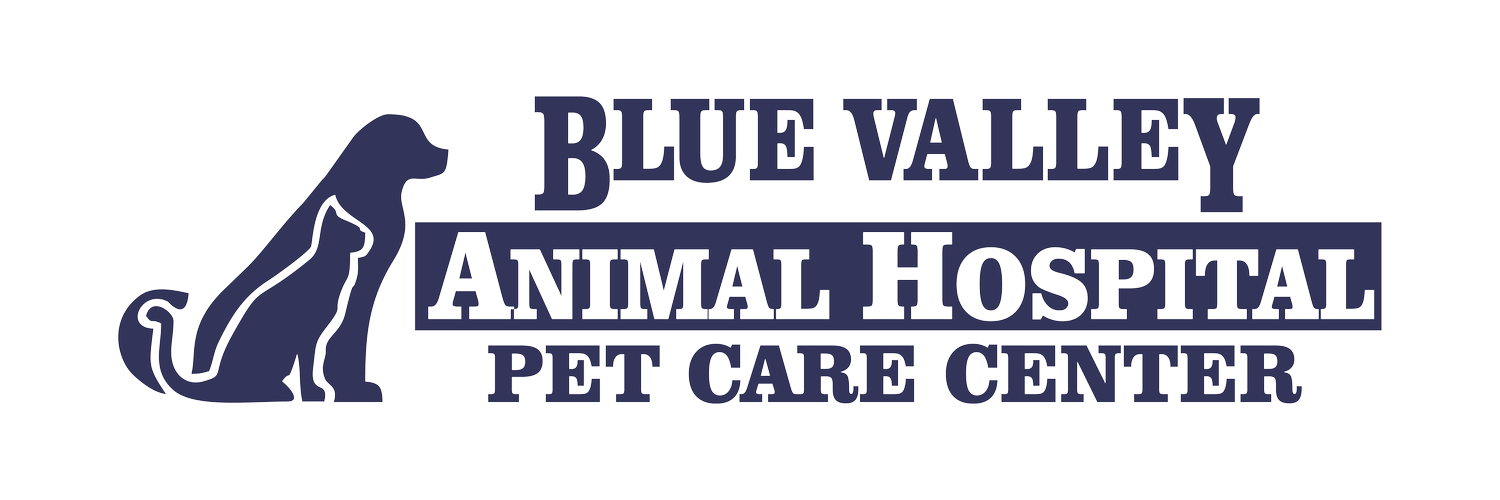Pet Obesity and What You Can Do
Virtually no one sets out with the intention of having an overweight dog or cat. With over half of our country’s pets being classified as overweight or obese, though, it’s a reality for many of us.
When it comes to your pet’s weight, however, you don’t need to feel helpless. There are so many things that you can do to prevent and reverse pet obesity, and Blue Valley Animal Hospital is ready to be your partner in the battle against the bulge.
THE PET OBESITY PROBLEM
We see images of gargantuan kitties and roly-poly pooches in the media all the time, but the truth is that pet obesity is neither funny nor cute. We have good evidence that overweight pets are at increased risk for many health problems and a shorter-than-average lifespan. Carrying extra weight increases the risk for:
Diabetes and insulin resistance
Hypertension
Cardiovascular disease
Kidney disease
Osteoarthritis and joint pain
Cancer
There is really nothing to like about extra weight. Not to worry, though. Maintaining a healthy body weight for your pet can be very doable.
PREVENTION AS PART OF PET HEALTH
While weight loss plans for dogs and cats are definitely something we can do, our veterinary team is a big fan of preventing pet obesity before it starts. So what can you do as a pet owner? The answer is a lot!
Come and visit—Your pet health care routine should include annual to biannual wellness visits. These are important for many reasons, not the least of which is the opportunity to notice small weight changes, monitor trends, and assess the body condition score. Our team can help recommend changes or discuss concerns with you. Testing for conditions like hypothyroidism or osteoarthritis that can contribute to weight issues may also be recommended.
Be nuts about nutrition—Good nutrition is the foundation of any wellness plan. Pets need to watch their caloric intake similarly to people. We are happy to help determine a nutrition plan and pet food recommendation for your pet that takes into account their individual needs and goals. And don’t forget, treats have calories, too!
Calories in and calories out—Pet owners play a role in helping their four-legged friends burn the calories that are consumed as well. Encouraging activity and healthy activity daily plays a role in healthy weight management. Going for walks or runs, swimming, playing fetch, or chasing a laser pointer can help to burn calories.

